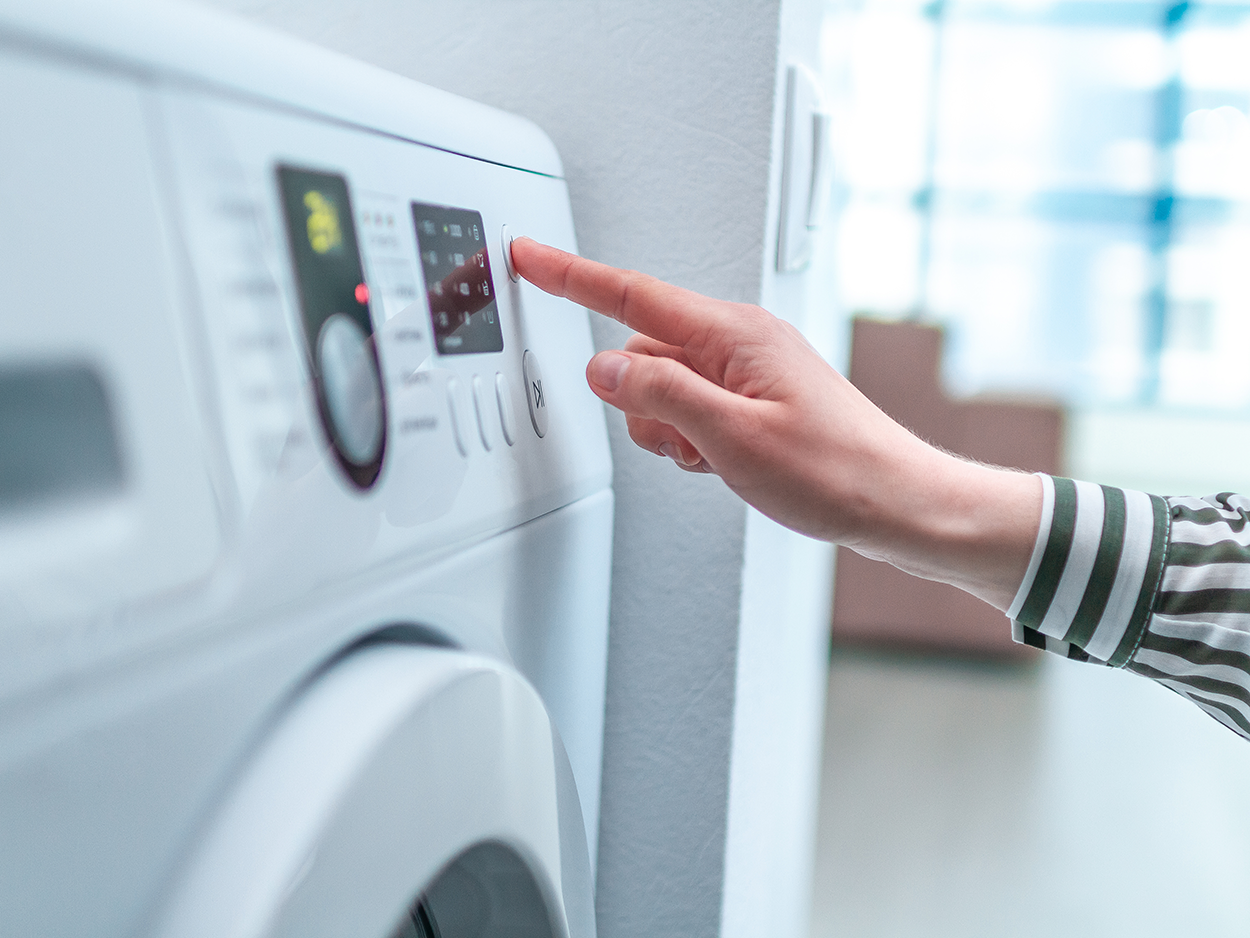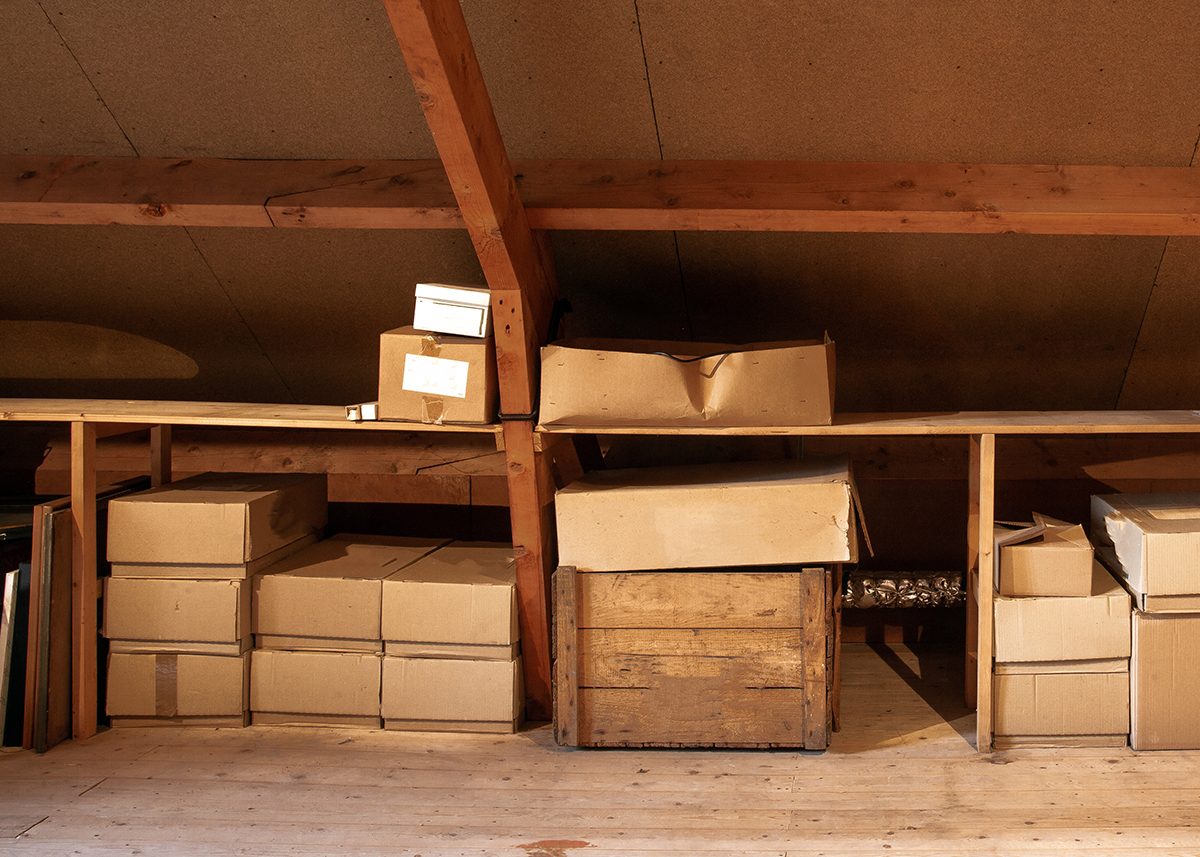
When your energy bills start to climb or your HVAC system isn’t keeping your home comfortable, restricted airflow is often one of the most overlooked culprits.
Proper airflow is essential to keeping your heating and cooling system running efficiently. When airflow is compromised, your system works harder than it needs to—using more energy, wearing out faster, and ultimately delivering subpar comfort.
Here’s what causes airflow issues, how they lead to energy waste, and what you can do to fix the problem before it gets expensive.
Why Airflow Matters
Your HVAC system is designed to move a specific volume of air through your home. When that flow is disrupted—either at the return (air coming in) or the supply (conditioned air going out)—it creates pressure and strain throughout the system.
This imbalance doesn’t just make your system less effective; it forces it to work harder and longer to maintain your desired temperature, using more energy and increasing wear on critical components like the blower motor and compressor.
Common Causes of Restricted Airflow
1. Dirty or Clogged Air Filters
The most common cause is also the easiest to fix. When filters are clogged with dust, pet hair, and debris, they act as a barrier that limits how much air can pass through.
What happens:
Your HVAC unit pulls in less air, struggles to push air through your home, and runs longer cycles — all of which burn more energy.
Solution:
Check your filters monthly and replace them at least every 1–3 months, or more frequently if you have pets or allergies.
2. Blocked or Closed Vents
It’s a common misconception that closing vents in unused rooms saves energy. In reality, it disrupts the system’s balance and increases static pressure in your ductwork.
What happens:
Airflow is redirected unpredictably, making some rooms too hot or cold and forcing the blower to work harder.
Solution:
Keep all vents open and clear of furniture, rugs, and other obstructions to allow consistent circulation.
3. Leaky or Poorly Designed Ductwork
Over time, ducts can develop leaks or become disconnected, especially in unconditioned spaces like attics or crawlspaces. Poor duct design can also restrict how air moves through your home.
What happens:
Cooled or heated air escapes before it reaches its destination, and the system compensates by running longer cycles.
Solution:
Have a professional inspect your ductwork for leaks, damage, or layout issues. Sealing and insulating ducts can dramatically improve airflow and efficiency.
4. Blower Motor or Fan Issues
The blower motor is responsible for circulating air throughout your home. If it’s dirty, worn out, or malfunctioning, it can reduce airflow at every point in your system.
What happens:
You get weak airflow from vents, inconsistent temperatures, and an overworked HVAC system.
Solution:
Schedule annual maintenance to catch early signs of blower motor wear and ensure it’s running efficiently.
How Poor Airflow Drives Up Your Energy Bills
Longer run times: If air isn’t moving properly, your system has to run longer to achieve the desired temperature.
Temperature imbalance: Some areas of your home may feel uncomfortable, causing you to adjust the thermostat and use more energy.
More frequent repairs: Increased strain leads to faster wear on key components, reducing your system’s lifespan and increasing maintenance costs.
Reduced efficiency: Even ENERGY STAR–rated systems lose performance when airflow is restricted.
What You Can Do
Addressing airflow issues doesn’t always mean a major repair. In many cases, small changes can make a noticeable difference. Regularly changing your filters, keeping vents unobstructed, and ensuring your system gets routine maintenance are all important steps. It’s also worth having your ductwork inspected periodically — hidden leaks or poor design can quietly undermine your system’s performance. With the right attention, you can restore proper airflow, reduce energy waste, and extend the life of your HVAC system.
At A. Borrelli Mechanical, we specialize in diagnosing airflow issues that cost you comfort and money. Whether it’s a quick filter change or a more complex ductwork adjustment, we’ll help your system run the way it’s supposed to.









